2023 Acura Integra First Drive Review: Just what we wanted
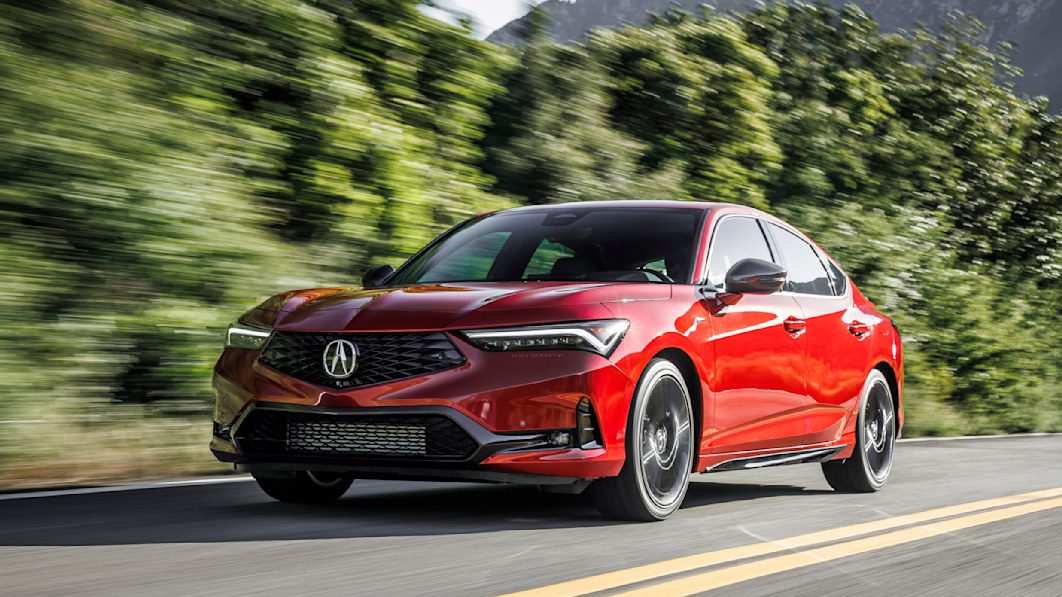
AUSTIN, Texas — Getting caught up in the hype machine of retired car names pulling a Tom Brady is easy to do these days — there are so many examples to point at, and they just keep coming. The 2023 Acura Integra adds to this growing list. Expectations are high; unreasonably high if you listen to internet commenters.
An entire generation grew up, got their driver’s licenses and graduated high school in what we’ll call the Integra Drought that began when the last Acura Integra rolled off the line for the 2001 model year. And while Acura likes to think of the 2002-2006 RSX as the “fourth generation” since it was called Integra overseas, it’s meaningful that it was not called that here in the United States. You can tell how meaningful it is by observing how big of a deal Acura is treating the revival of the “Integra” name today — at this point, you’ve surely seen one of its numerous advertisements. In short, it symbolizes Acura’s serious return to a small, sporty and enthusiast-focused compact car. The outgoing ILX never captured the zeitgeist of sport compacts in the 2010s, and it faded into the background of a much larger and better small luxury car scene. It wasn’t an Integra, and Acura never pretended that it was.
To sort out what the new 2023 Integra is and isn’t, Autoblog sent me (a longtime and current 2001 Acura Integra GS-R owner) to Austin, Texas, where I was able to drive it in the city, on wide-open Texas highways and through winding switchbacks. Unlike some new Acura models that were largely developed in the U.S., the Integra was developed in Japan. The design was handled at the Wako Studio outside of Tokyo, engineering work was done in Tochigi. Meanwhile, production is exclusively taking place in Marysville, Ohio, on the same line as the TLX. Many of those involved in the development of the new Integra also worked on previous generations of the car, so you can trust that Acura/Honda developed the new one with its history being top-of-mind.
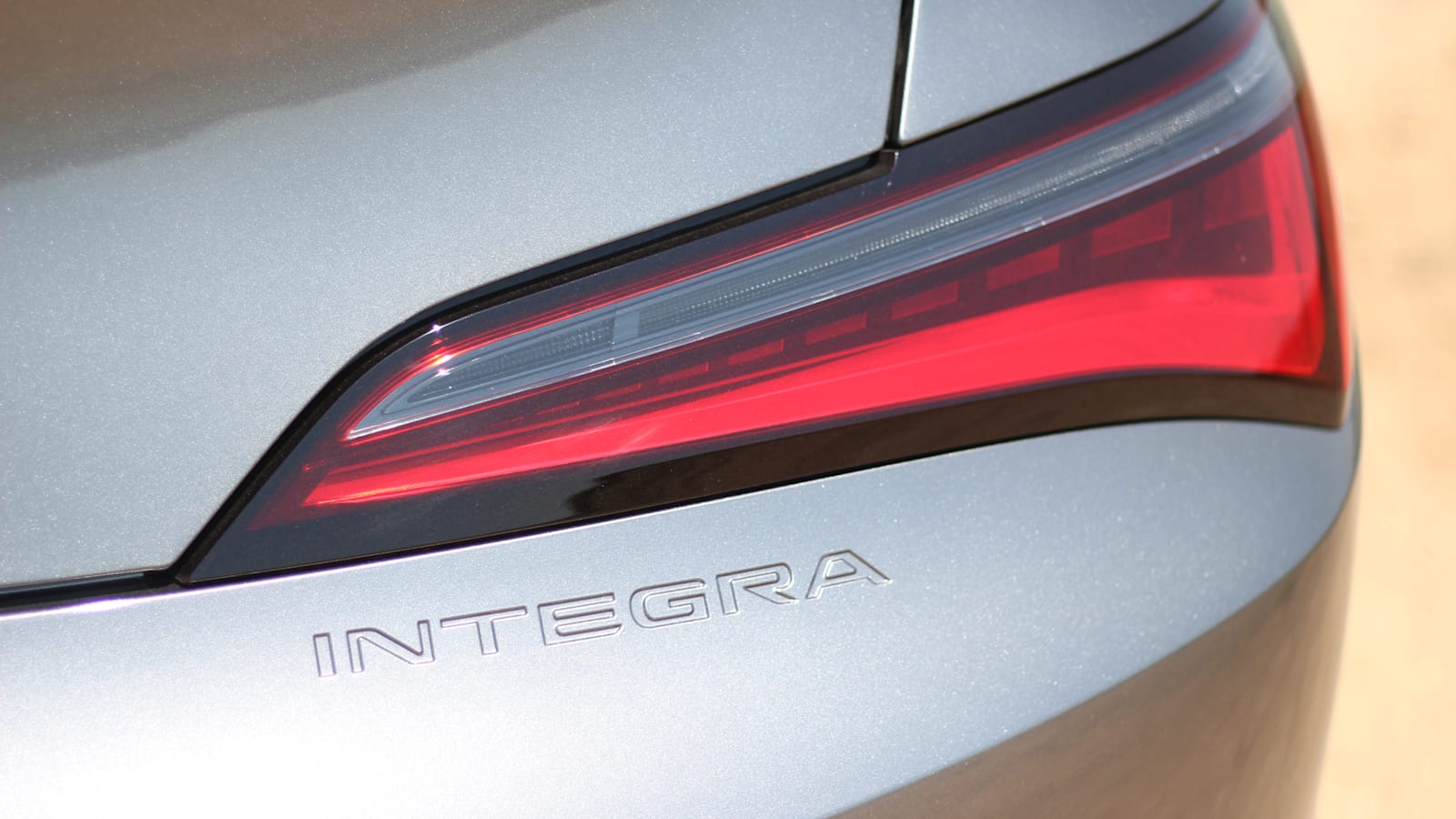
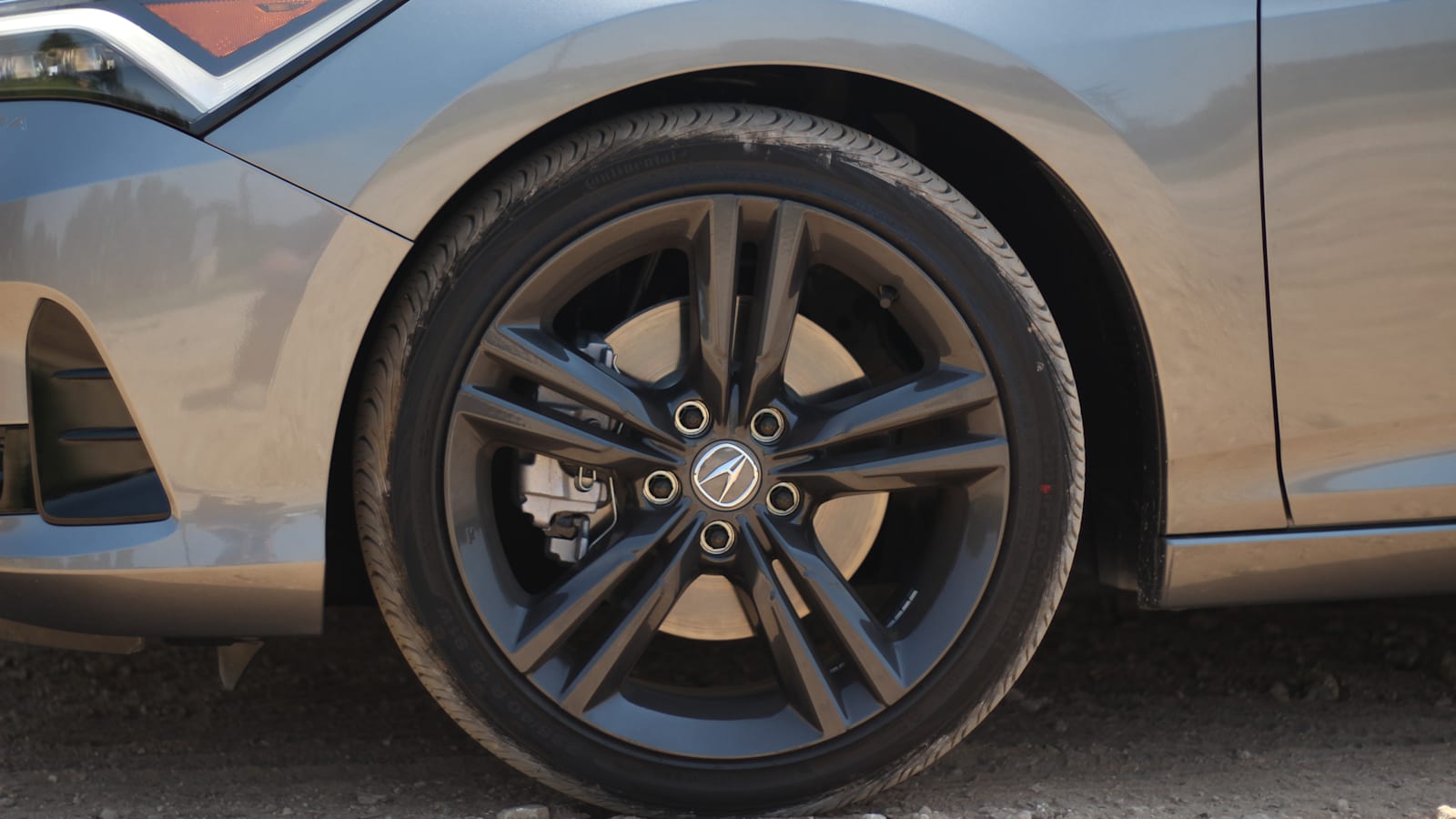
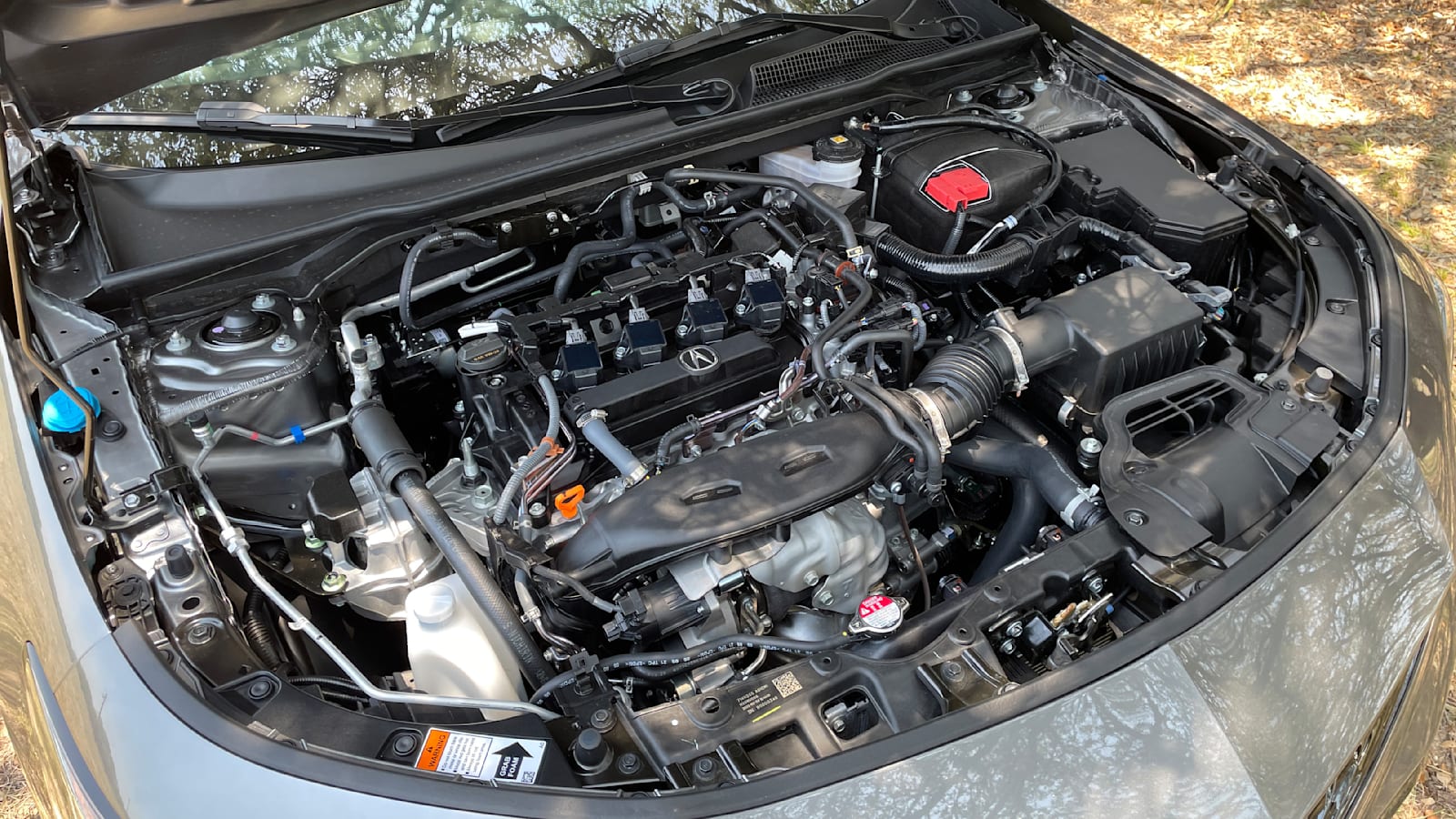
Just like Integras of the past, everything starts with the Civic. It shares a 107.7-inch wheelbase with the Civic, as both cars ride on the company’s Global Small Car Architecture. However, don’t think that the Integra is just a Civic Hatchback with an Acura badge on it. Every single body panel on the car is 100% exclusive to the Integra, and the car’s overall length and width are larger than any Civic — it’s 6.8 inches longer than the Civic Hatchback and 1.8 inches longer than the Sedan. Also on the plus side for the Integra is its stiffness. The new structure and design just happen to make the car 5% more rigid overall versus a Civic Hatchback and 2% more rigid than the Sedan.
Of course, the Civic that most will be comparing the Integra to is the Si model on account of the two sharing a powertrain: a 1.5-liter turbocharged four-cylinder that produces 200 horsepower and 192 pound-feet of torque. It has a fat torque curve, producing maximum twist from 1,800-5,000 rpm, and redline is a reasonable 6,500 rpm. The VTEC scream of yesteryear is no more, but Acura is still using VTEC for the exhaust valves, and unlike many small displacement turbo engines, this one sprints through the final 1,000 rpm with addicting eagerness. There is no loss of accelerative force at the top of the tach, which makes using the entire rev range all the more satisfying.
If this new Integra is treated anything like previous generations, the stock exhaust may not be long for the world. Nevertheless, Acura developed a unique “coil-type” exhaust for the Integra to give it a little extra growl at upper rpm. In practice, the noise is rather quiet and understated, and it won’t turn many heads below 5,000 rpm. Inside, the exhaust combines with Acura’s “Active Sound Control” system (supplemental fake noise through the speakers) to provide enough volume to keep one entertained, but it could still use more drama.
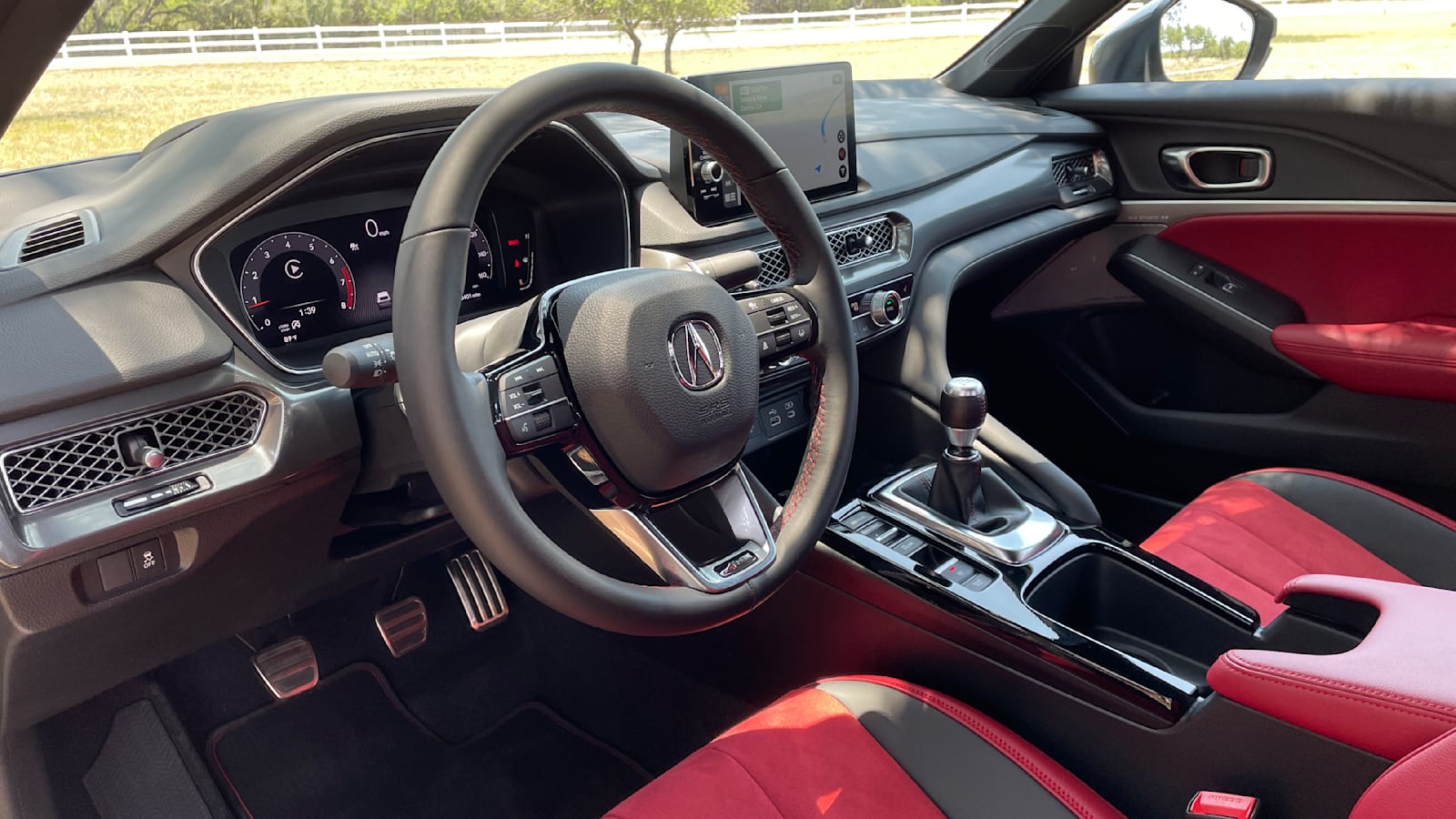
The single best feature to talk about here is the Integra’s six-speed manual transmission, which is exclusively an option on Integras with the range-topping A-Spec Technology package. In typical Honda fashion, there is simply no better manual transmission to shift at its price point. From the second my hand fell to the small, precise shift knob, my brain traveled back in time to the superb shifter of the RSX Type S. Acura updated the experience for 2022 with auto rev-matching that conveniently blips the throttle for you on downshifts. This is easily turned off through the infotainment system if you’d rather rev-match yourself. Assuming you appreciate an exceptional manual transmission shifting experience — and two-thirds of Integra pre-orders are for the manual — then you’re going to love this.
If you haven’t heard already, the controversial other shifting (or rather, lack of shifting) experience is via a continuously variable transmission. In Acura’s defense, the automatic Integra has always been a bore versus the manual, so history is at least on its side. It also provides something the manual-only Civic Si does not. On the other hand, “history” and “at least it exists” are pretty lousy excuses for offering the Civic’s CVT as an answer to the VW GTI/GLI’s dual-clutch DSG. Folks will rightfully note that the ILX actually had an eight-speed dual-clutch and wonder why the more enthusiast-oriented Integra doesn’t get such an enthusiast-oriented automatic?
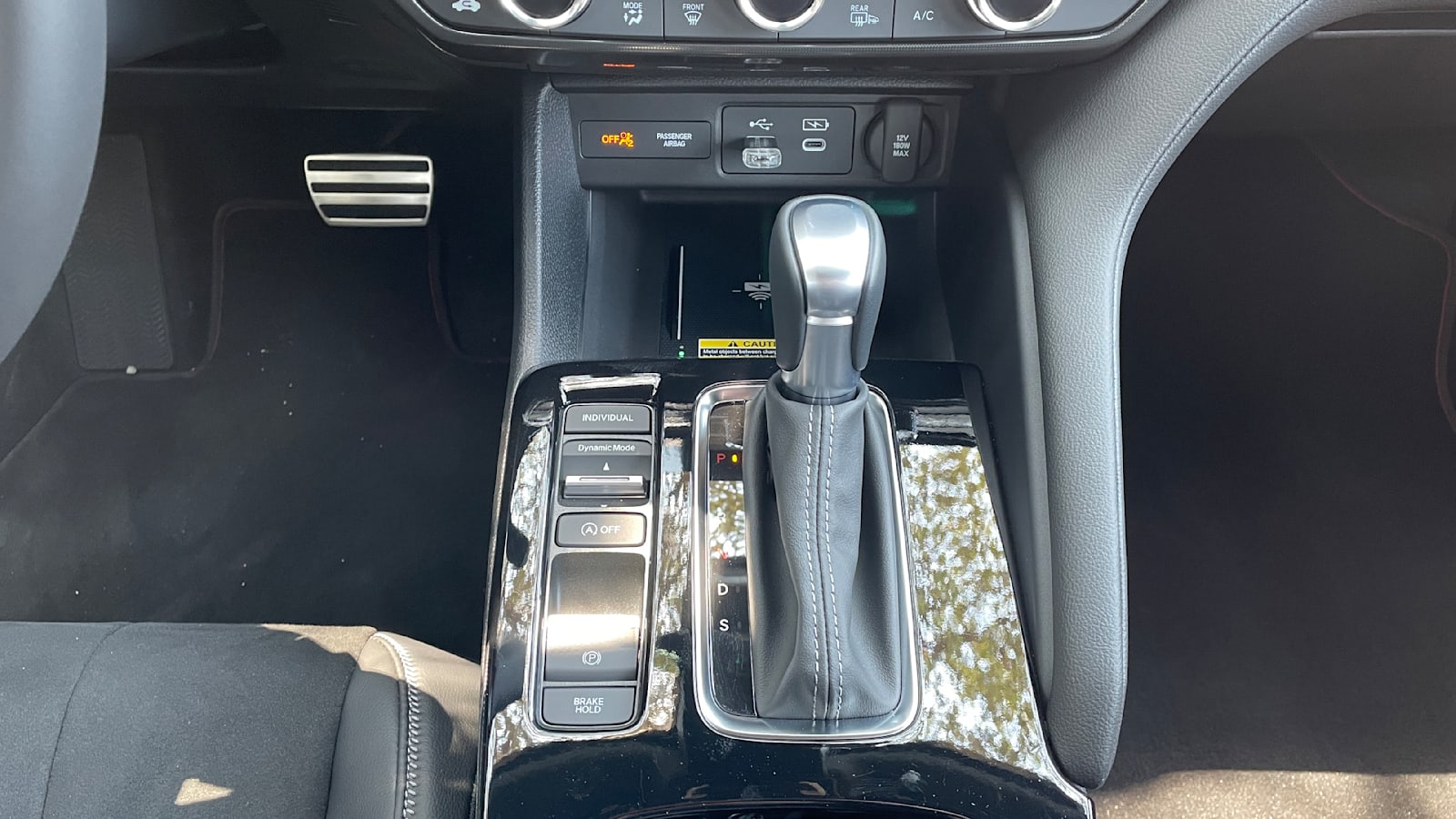
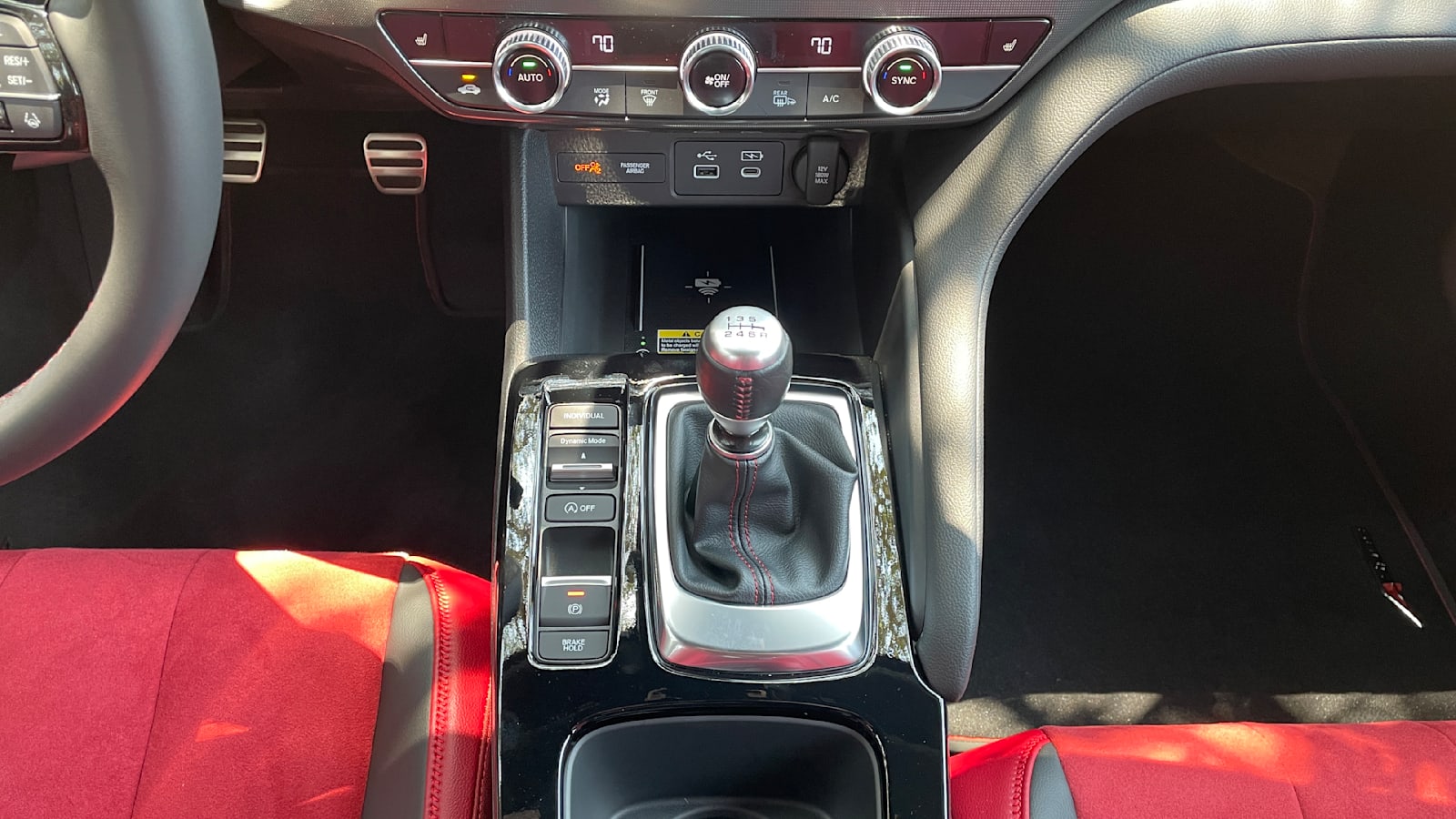
Acura says the CVT meets the performance targets for what it wanted out of the automatic, and for what it’s worth, at least it’s one of the better CVTs on the market. Acura programmed in “steps” to mimic shifting through seven gears, and you’re able to “manually” select those steps via paddle shifters on the steering wheel. Neither function is unique, but they’re appreciated. So is the CVT’s ability to bounce the revs up higher as you slow down or go downhill, much as a more performance-oriented automatic would. Initial starts with the CVT are a little sluggish, but once up to speed, it responds quickly to throttle applications and paddle pulls.
So those are reasons why the CVT’s not so bad, now here are more reasons why you should still stick with the stick. A helical limited-slip differential is a manual-exclusive that pays big handling dividends. You also get a unique lightweight flywheel that improves throttle response.
The performance-minded should also instill “A-Spec” into their minds for other reasons besides it being the only way to row your own gears. Compared to the base “Integra” trim, the A-Spec nets you a slightly larger rear stabilizer bar (18 mm versus 17.5 mm), a slightly revised steering ratio and larger 18-inch wheels and 235-section-width tires — the base Integra comes with 17-inch wheels and 215-section-width tires. Pony up for the “A-Spec with Technology Package,” and you get the choice of transmission, the highly-desirable adaptive dampers, the aforementioned Active Sound Control system and a customizable “Individual” mode that allows you to program a personalized mode setup across the various functions Acura lets you change.
Where the Integra goes above and beyond the Civic Si is the addition of those adaptive dampers to the option list. The previous-generation Civic Si made adaptive dampers standard equipment, but they’re entirely missing from the current model. Coincidence? We think not.
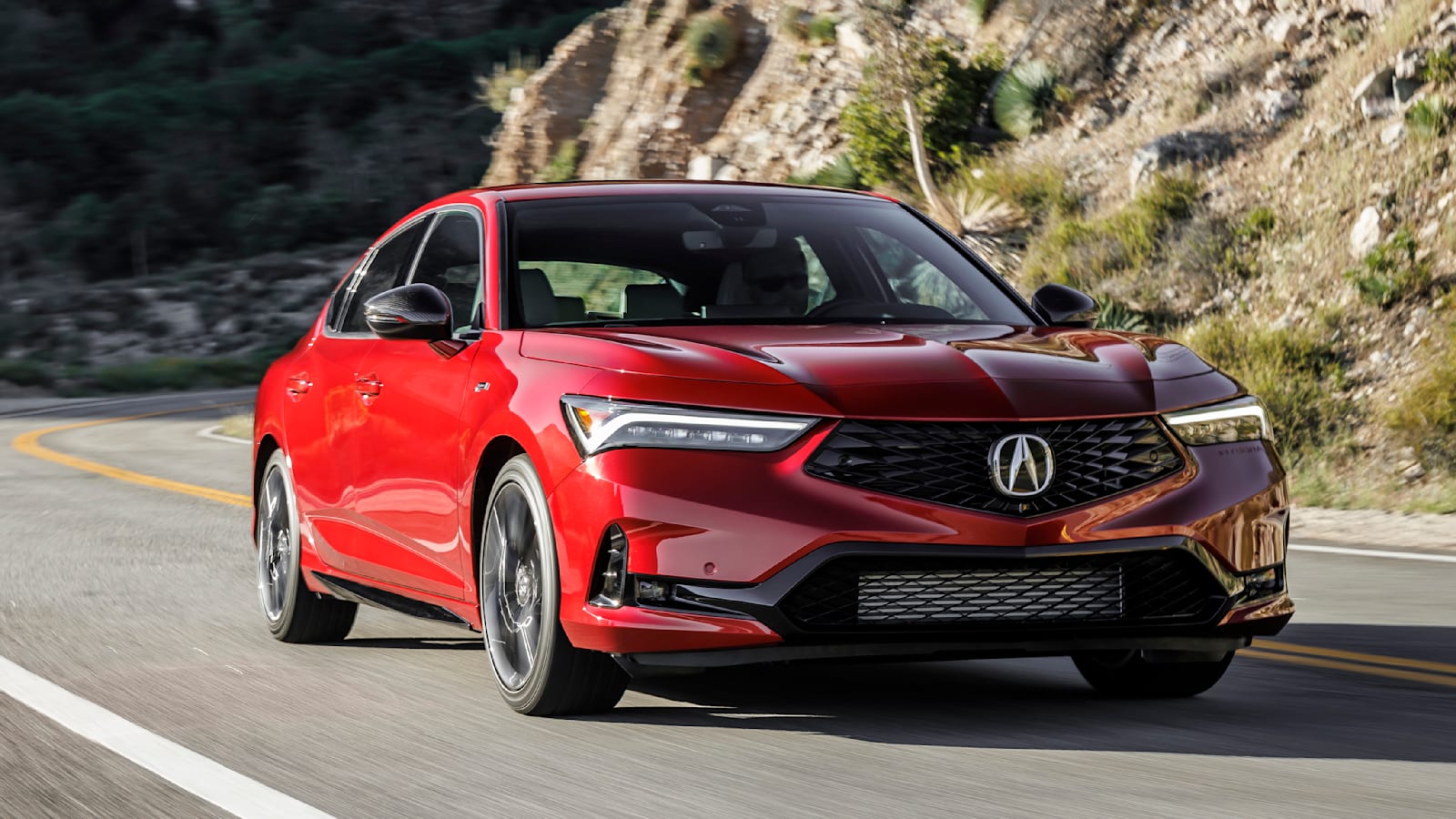
Acura only had “A-Spec with Technology Package” cars available to try out (both manual and CVT), so I got to drive the Integra in its most aggressive form. Having been supremely impressed with the new base Civic and Si already, it came as no surprise that the Integra is also an excellent driving machine. Turn in from the Integra’s variable-ratio electric steering rack is quick, and the long hatchback feels light on its feet. Curb weight for the manual A-Spec models is only 3,073 pounds, which is 121 pounds more than the Civic Si — not a horrible penalty for all the extra luxuries and utility.
Chassis engineers remained faithful to the old Integra by allowing for a little lift-throttle oversteer. It never feels dangerous, but the playfulness is there if you go looking for it. Engineers also restrained themselves when it came to tuning the adaptive dampers. Even selecting the stiffest “Sport” setting leaves you with a pleasantly compliant ride. There’s greater composure and a little less body lean in Sport, but its rigidity won’t unsettle the car over dicey bits of pavement. The Integra, even in its spiciest form, is no track car out of the box. Instead, it’s set up to excel at spirited backroad carving. The all-season tires offer plenty of grip and stability to make the car feel sporty on the road, but they won’t lead to eye-popping skidpad numbers. The brake pedal is sufficiently stiff and responsive, but 15 to 20 minutes of hard on-road use was its limit before the first hint of fade arrived.
And while it’s easy to get caught up in performance, it’s important to remember that this car is not only more luxurious than a Civic Si, but offers more utility as well thanks to its hatchback body style. Although the second- and third-generation four-door Integras were traditional sedans, the 2022 Integra takes after the original-generation four door and every two-door (including the RSX) with its sloping liftback-style trunk. Eagle eyes will notice the notch you stick your hand in is essentially identical to the RSX’s liftback notch. The odd design makes lifting heavier objects up and over the rear bumper annoying, but your total space is a win. Cargo room behind the foldable seats is 24.3 cubic-feet, which is nearly identical to the Civic Hatchback and comparable to many small SUVs.
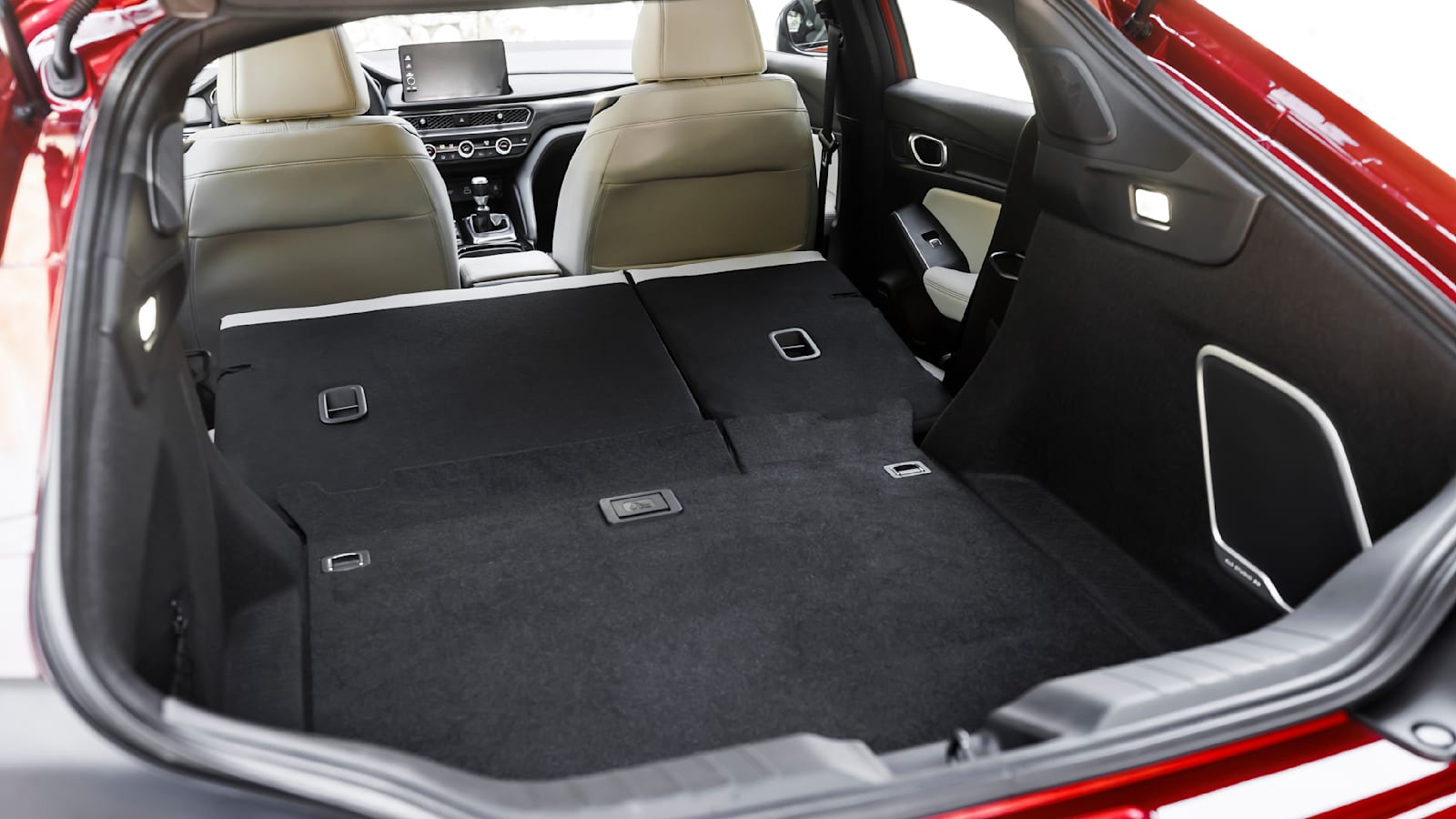
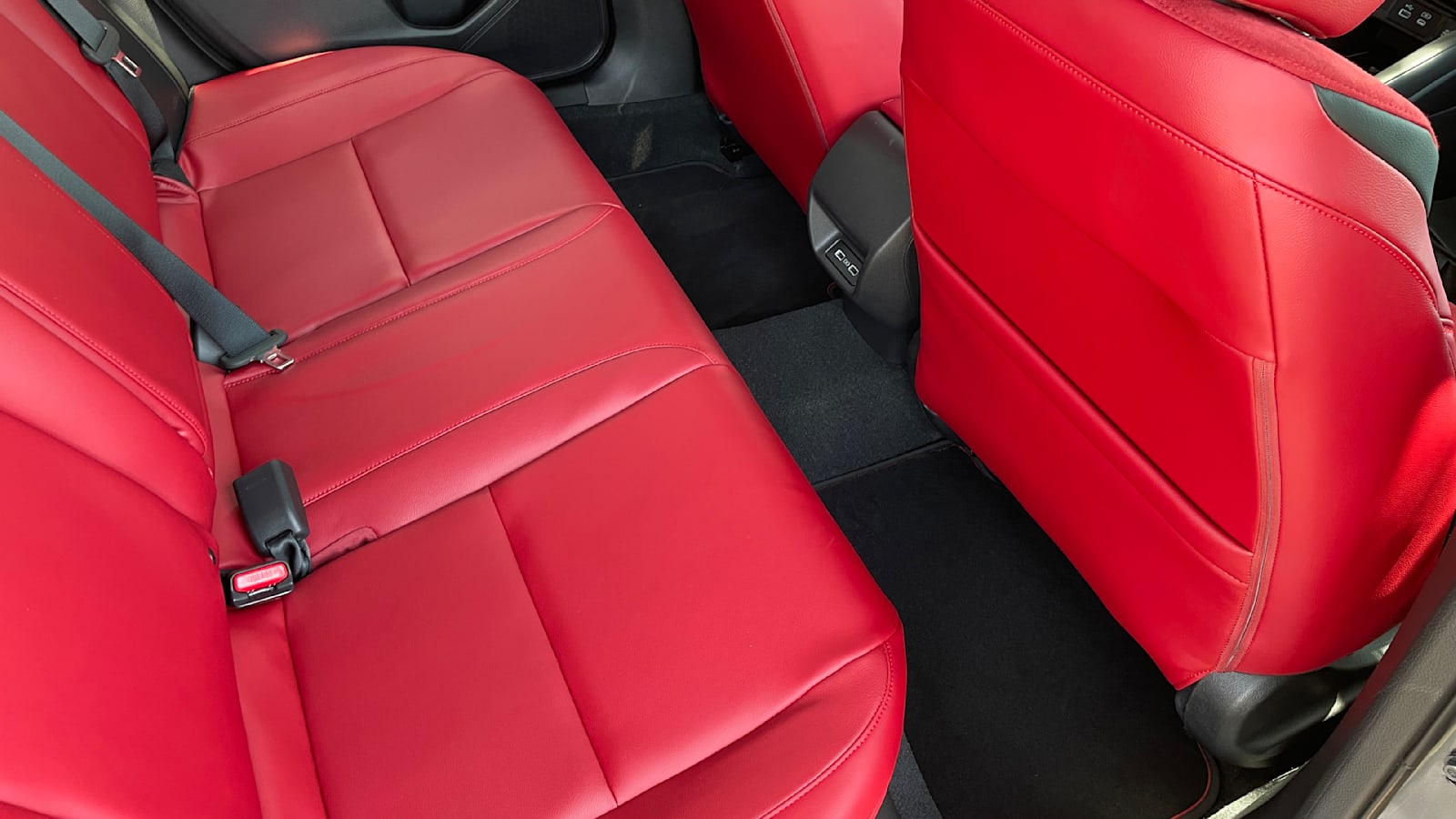
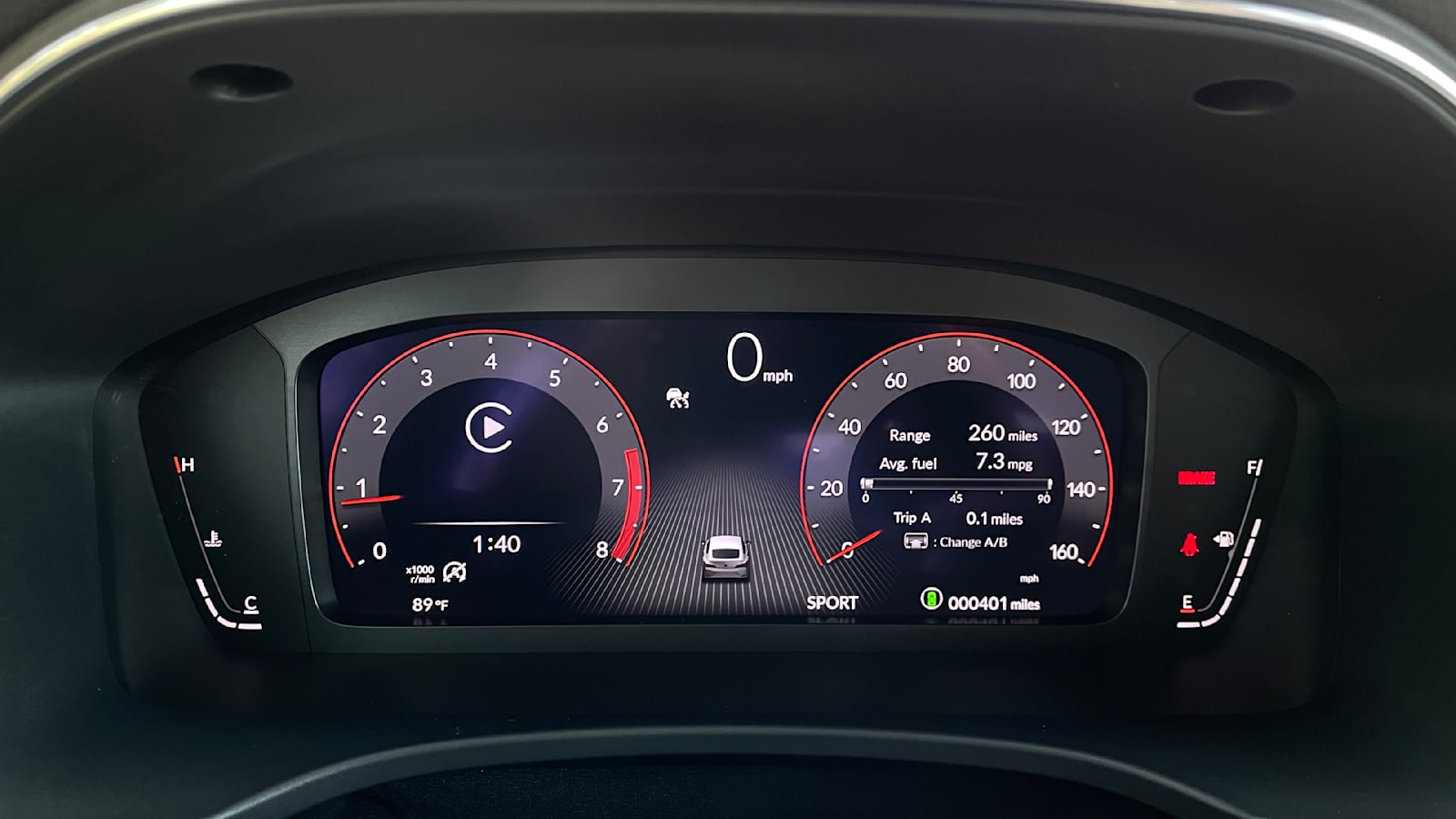
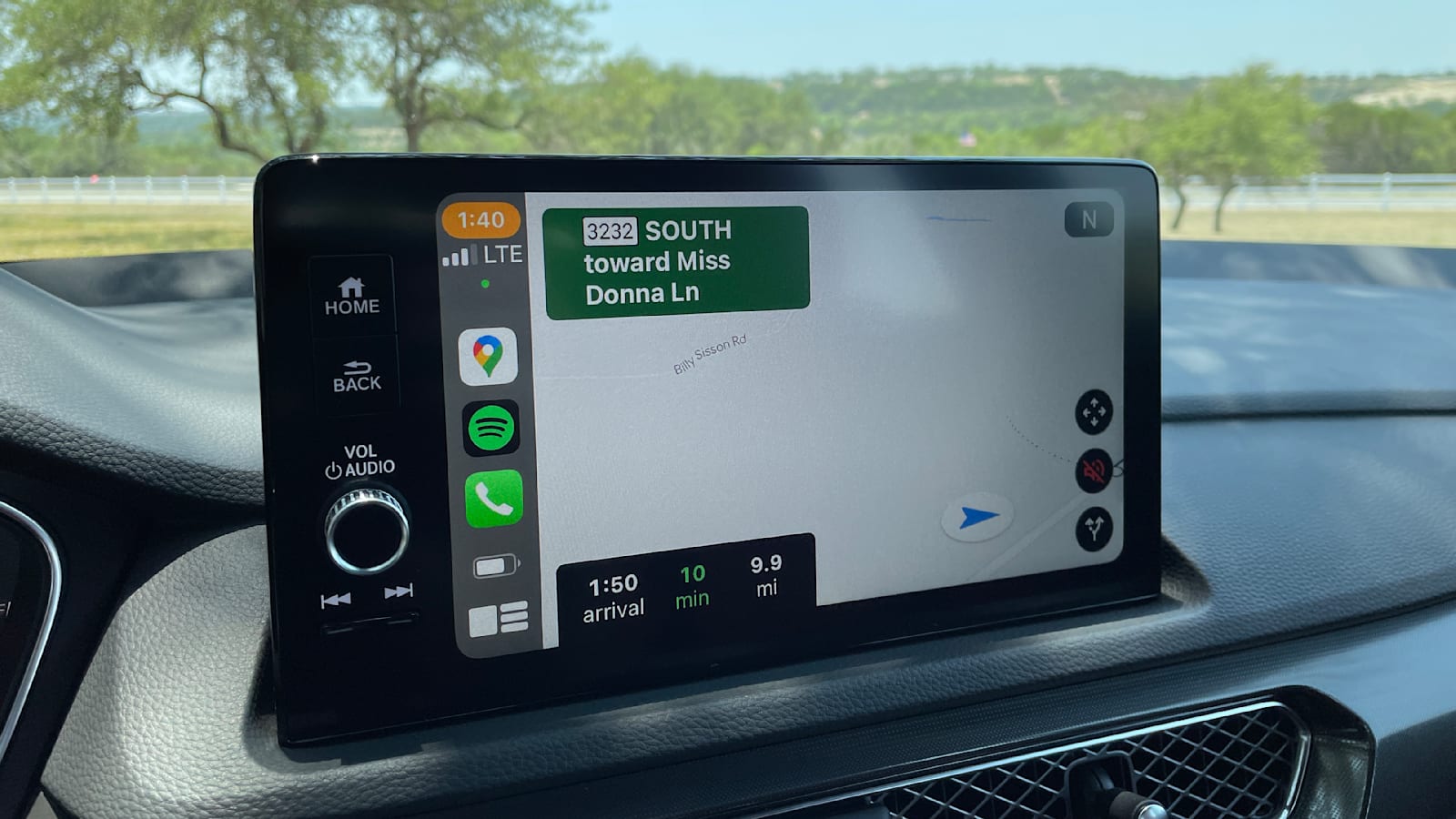
Audio fiends might find the upgrade to the Integra over a comparable Civic worthwhile just for the 16-speaker ELS Studio sound system. For a compact luxury car, it’s astounding how good this system sounds. The available head-up display, much nicer Acura seats and higher-class interior trim are just a few other key reasons to go for the Integra over the Civic. Also worth noting are all the features that carry over, including the available 9-inch touchscreen infotainment system – as opposed to the controversial True Touchpad system found in other Acuras. Joining it are wireless Apple CarPlay and wireless Android Auto, a 10.2-inch digital instrument panel, a wide array of USB ports (both in front and back) and a full suite of standard driver assistance systems that even work with the manual.
My only gripe about the Integra’s styling is the lack of Indy Yellow paint in the palette of paint options. It’s long, wide, sleek and purposeful. And no, it’s not a coupe, but c’mon, how many of you would’ve bought a coupe? There’s a reason Honda discontinued the Civic Si coupe this time around – no one was buying them. The new Integra is exactly what it should be, and it starts at a much higher performance point than any previous Integra did. Asking $36,895 for the manual A-Spec model you want is a big bump over the Civic Si’s price of $28,315 (the base Integra starts at $31,895). In my book, though, that’s money well spent on legitimate upgrades over the Honda. The new Integra is both faithful to the original and, thanks to the inevitable march of progress, better than ever before.
Related video:




